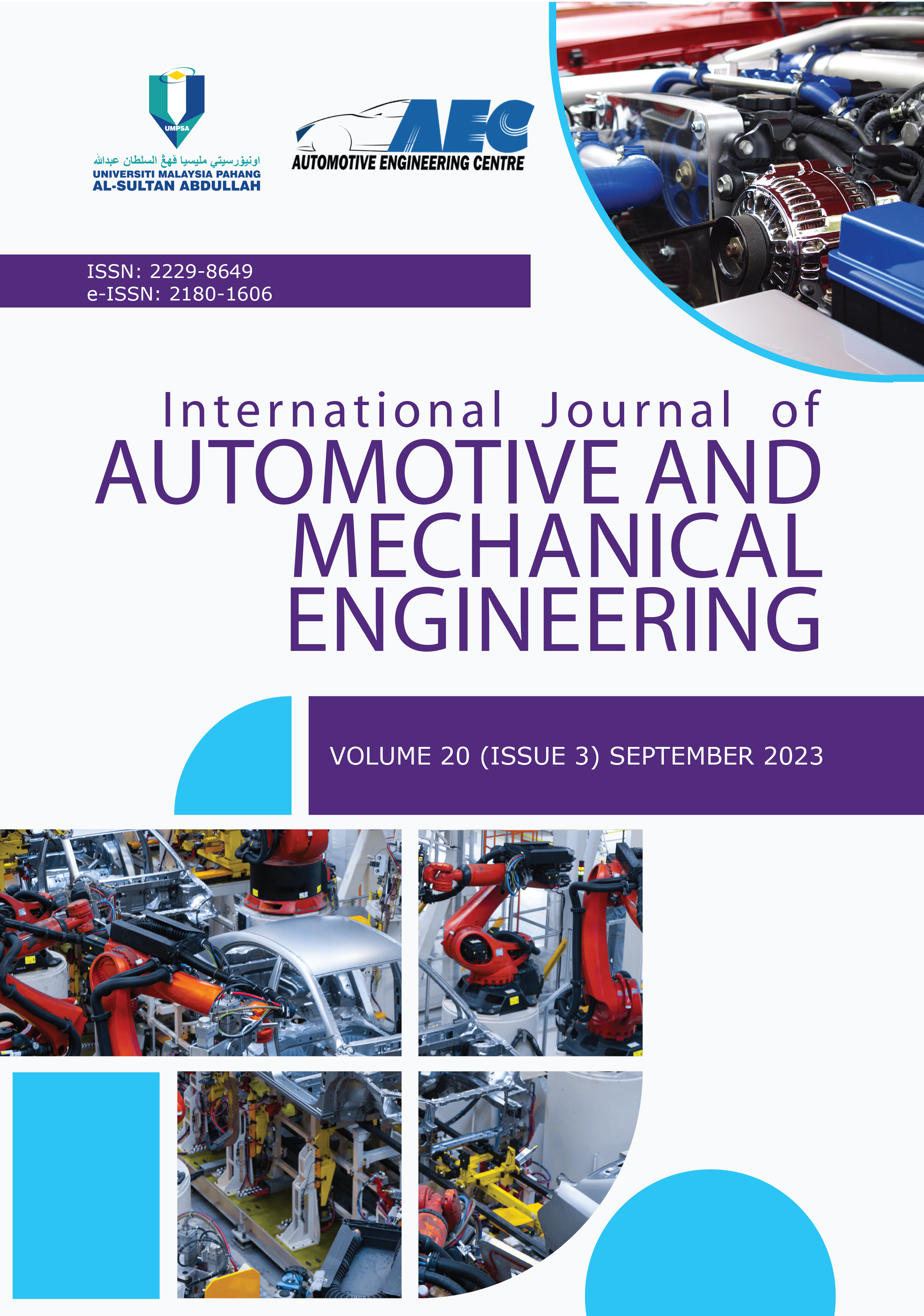Dimensional Accuracy, Surface Roughness and Hardness Properties for Microplate Implants Manufacturing by EDM Die-Sinking Process
DOI:
https://doi.org/10.15282/ijame.20.3.2023.04.0818Keywords:
Die-sinking EDM, Microplate implant, Dimensional accuracy, Surface roughness, HardnessAbstract
The high cost of manufacturing microplate implants is a primary issue. This is because the production of microplate implants uses the micro-milling and wire-EDM process. Production costs can be reduced using one machining process, and die-sinking EDM is an alternative in the manufacturing of microplate implants. This paper investigates the capability of EDM die-sinking in manufacturing microplate implants. This paper also studies the reaction of electrode materials and pulse currents to the microplate’s dimensional accuracy, surface roughness and hardness. The process of EDM die-sinking uses electrodes of graphite and copper with pulse current variance of 6, 9, and 13 A. The experiment results indicate that the process of EDM die-sinking success in manufacturing microplates on commercially pure titanium sheets. Decreasing the pulse current can improve dimensional accuracy, smoothen surface roughness and minimize the hardness decrease of the microplate. These results are better using the copper electrode compare with the graphite electrode. The best quality of the microplate is at 93.3% dimensional accuracy, 5.28 µm surface roughness, and a 12% decrease in hardness. The best quality microplates was achieved by using copper electrodes with a 6 A pulse current.
Downloads
Published
Issue
Section
License
Copyright (c) 2023 Universiti Malaysia Pahang Publishing

This work is licensed under a Creative Commons Attribution-NonCommercial 4.0 International License.







